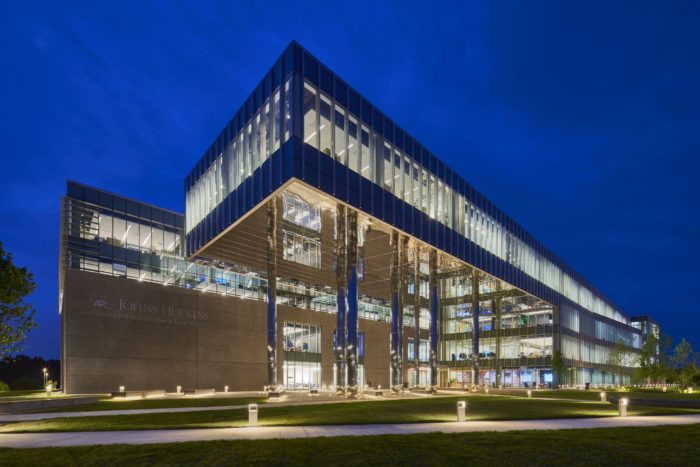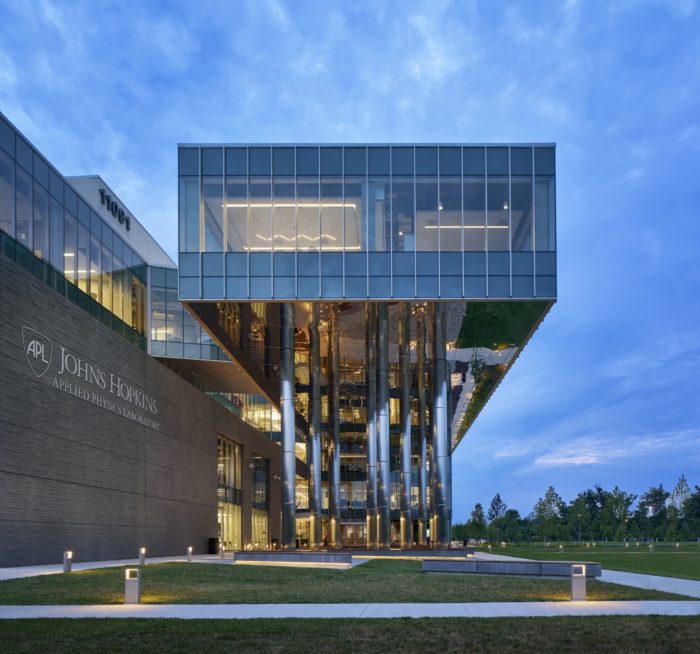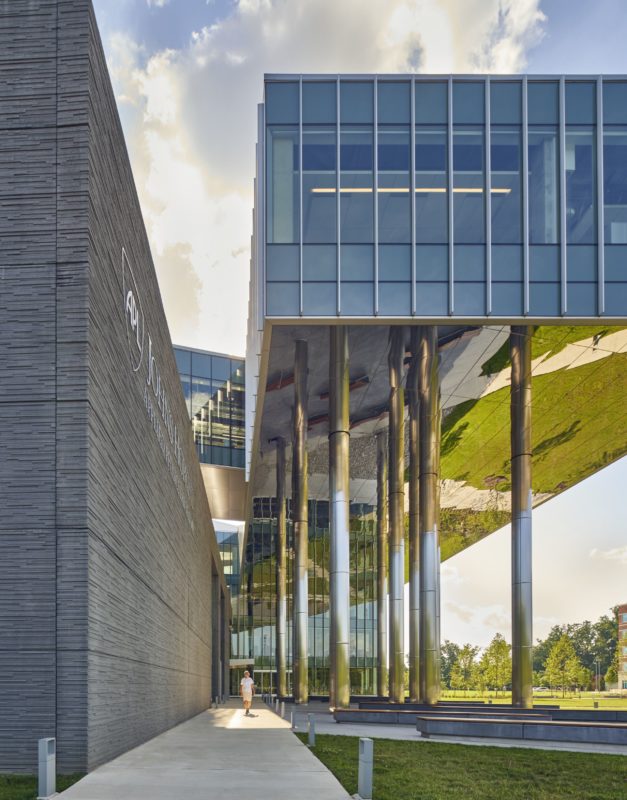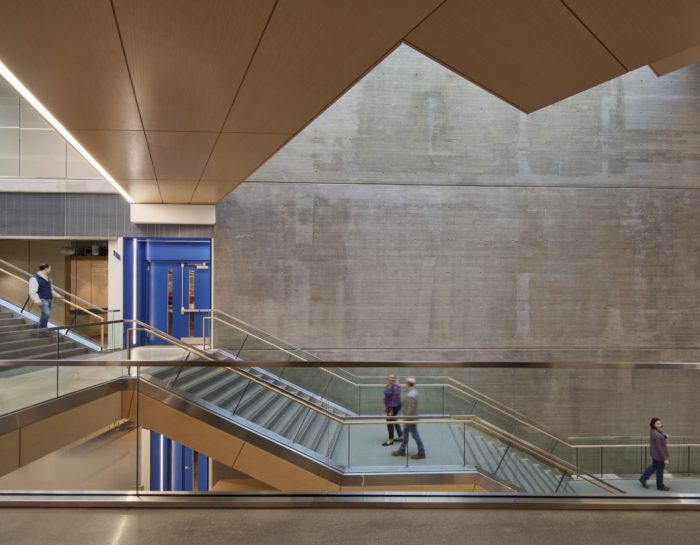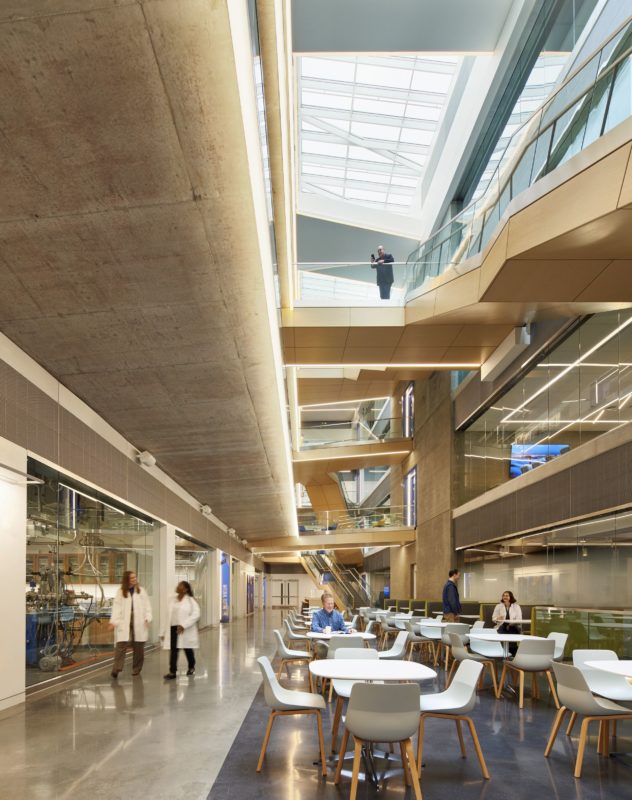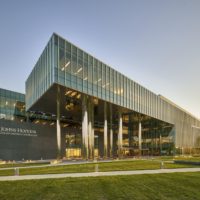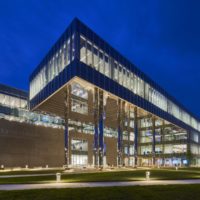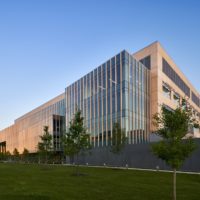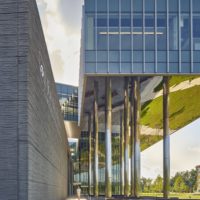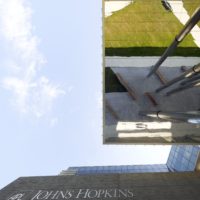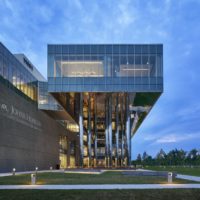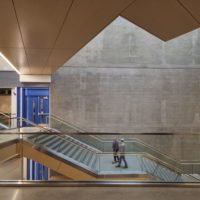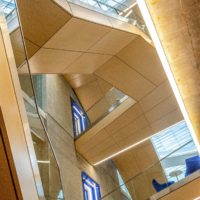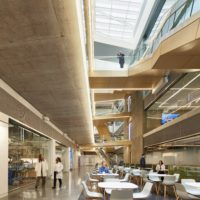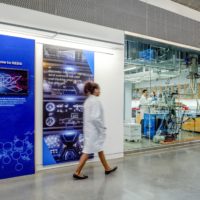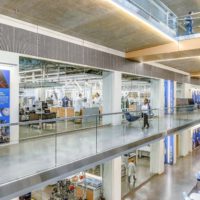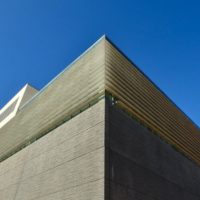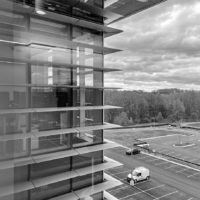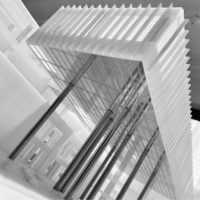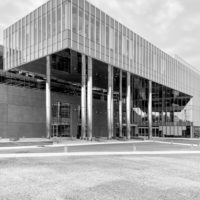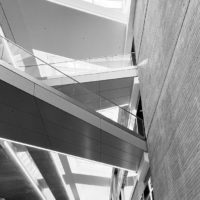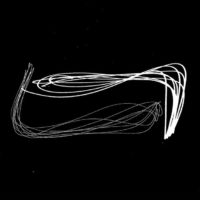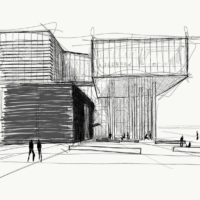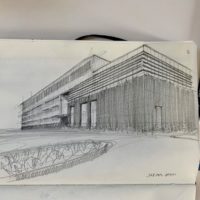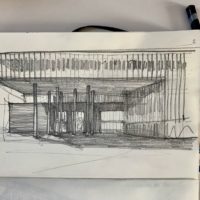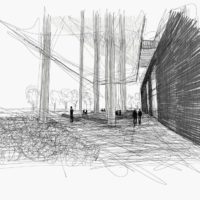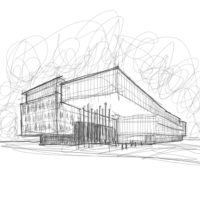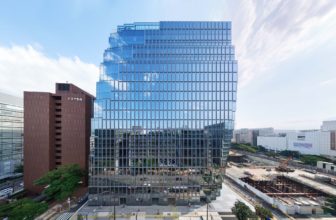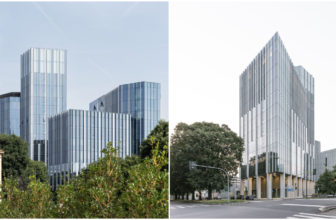A new generation of scientists is challenging the current quo by seeking better methods of conducting research. They are looking for laboratories and locations that support new levels of collaboration, creativity, flexibility, and well-being.
Building 201 of the Johns Hopkins University Applied Physics Laboratory (APL) is one of the best examples in the world of this new paradigm shift in research. It contains APL’s Research and Exploratory Development Department (REDD), which serves as the organization’s “research engine,” producing cutting-edge solutions to engineering, scientific, and security concerns.
About Johns Hopkins University
The structure embodies the vital study being conducted within its walls. The conspicuous “flying fourth floor,” a steel-framed part of the north wing supported by a collection of seven asymmetrically arranged three-story columns, is the first thing visitors see.
The columns symbolize the various research disciplines found at APL, all working together toward a shared goal. Mirrored stainless steel coating beneath the huge cantilever gives the extraordinarily weighty structure a startling airiness.
The five-story atrium inside the structure is flooded with natural light. The first floor is welcoming not only to people who work there, but also to visitors, tour groups, guests, and prospective workers, with extensive seats, views into the laboratories, and a prominent café.
Each floor was meticulously planned to encourage “creative collisions” among researchers. Social areas, meeting rooms, and conference rooms are carefully placed across the floors, and practically every space faces the atrium. Seven steel-framed bridges span the atrium from the gallery corridor to the north wing, with enormous steps connecting the spans on different levels. Architecture joins together to literally bridge the gaps that can exist between academic areas.
Project Info:
Area: 263,000 square feet
Year: 2022
Photographs: Christopher Barrett Photography
Clint: Johns Hopkins University Applied Physics Laboratory
City: Maryland
Country: United States
- © Christopher Barrett Photography
- © Christopher Barrett Photography
- © Christopher Barrett Photography
- © Christopher Barrett Photography
- © Christopher Barrett Photography
- © Christopher Barrett Photography
- © CannonDesign
- © Christopher Barrett Photography
- © Christopher Barrett Photography
- © Christopher Barrett Photography
- © Christopher Barrett Photography
- © Christopher Barrett Photography
- © CannonDesign
- © CannonDesign
- © CannonDesign
- © CannonDesign
- © CannonDesign
- © CannonDesign
- © CannonDesign
- © CannonDesign
- © CannonDesign
- © CannonDesign


